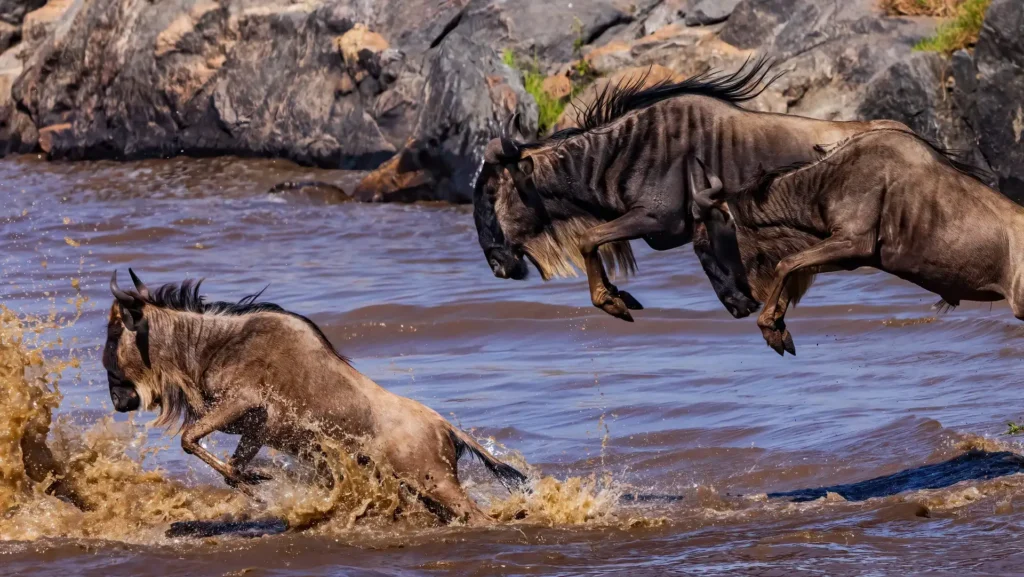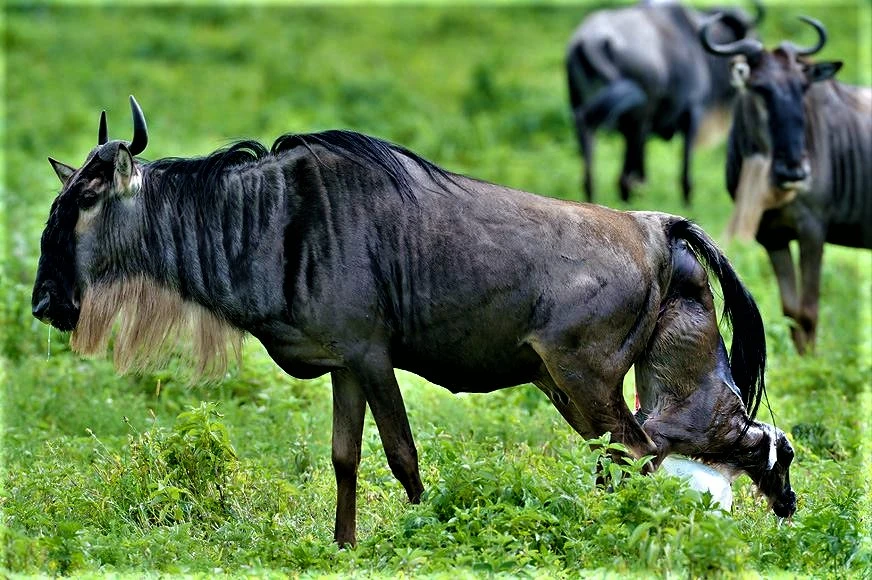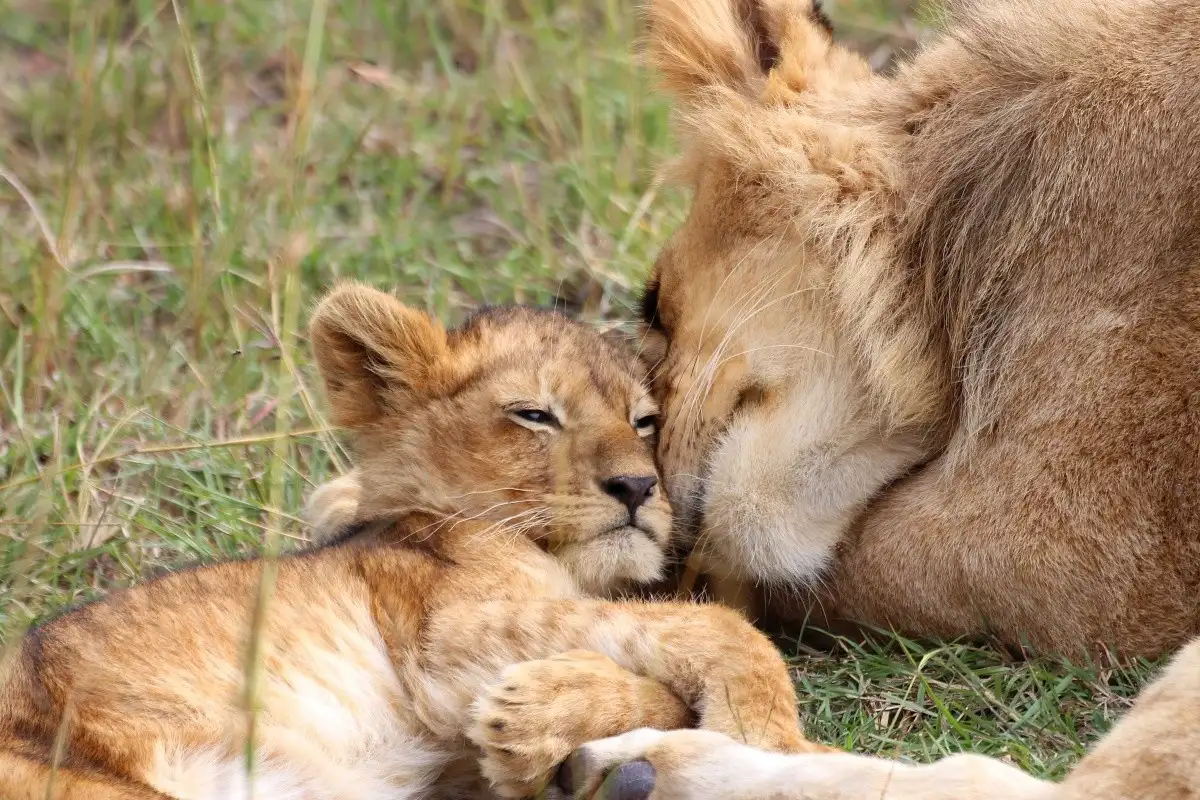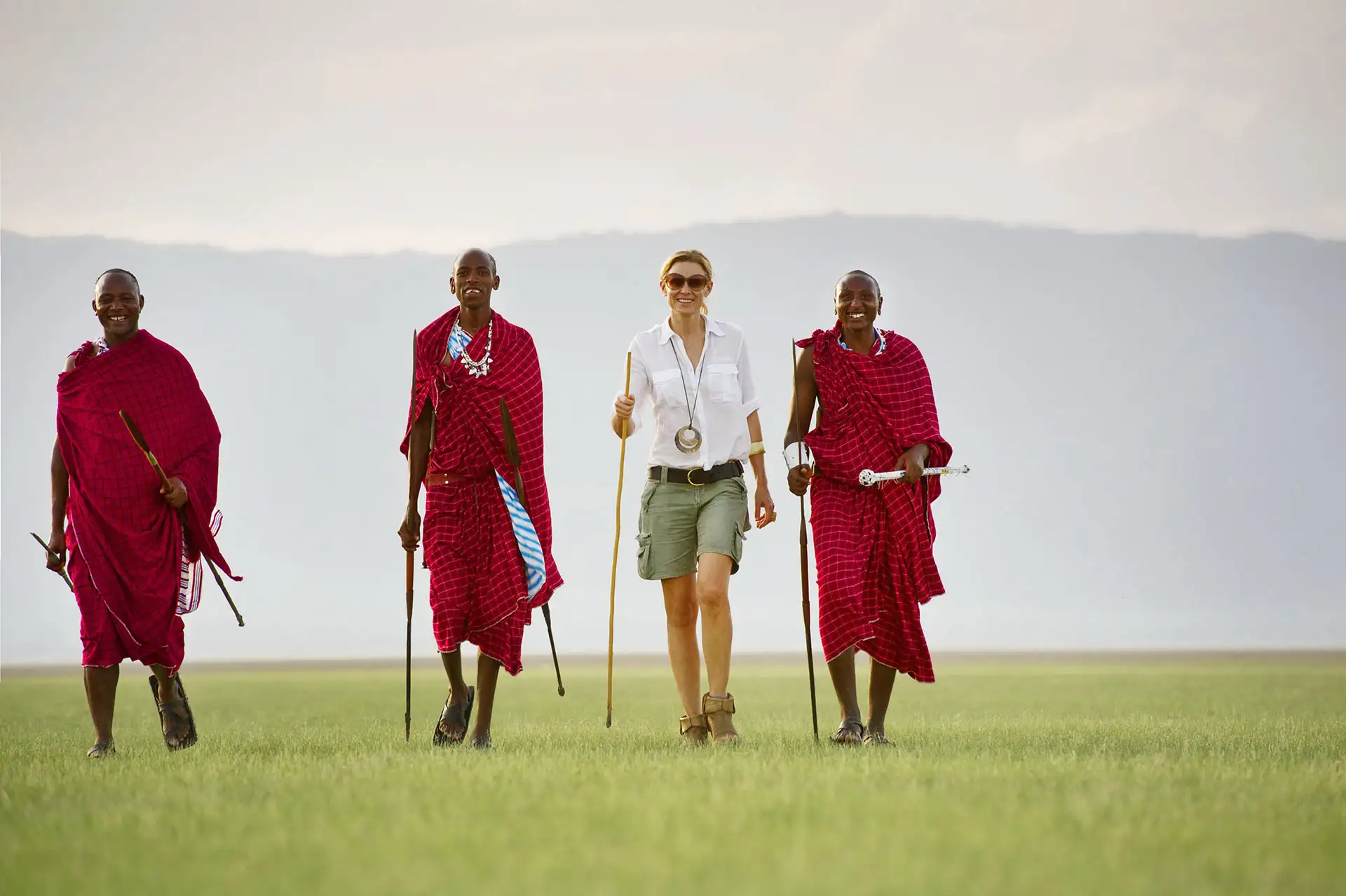Why Witnessing the Ndutu Calving Season in January Feels Like Stepping Into Nature’s Greatest Drama
The Stage Is Set in Ndutu
Picture this: the horizon is endless, the grasslands are tinged golden by the January sun, and the silence of dawn is broken by a single wildebeest calf taking its very first breath. Around it, thousands more follow. In a matter of weeks, nearly half a million calves are born across the Ndutu plains.
This is the calving season, a short window between January and March, when life explodes into being and, at the same time, predators sharpen their instincts. It is not just a safari—it is nature’s most visceral theatre, where hope and danger are performed daily under African skies.
Why January in Ndutu Is Different from Anywhere Else
Unlike the river crossings of the Mara, which you can witness across several months, the Ndutu calving season is compressed, urgent, and emotionally raw.
- Concentration of life: More than 8,000 wildebeest calves are born daily at peak.
- Predator interactions: Lions, cheetahs, hyenas, and leopards thrive on this abundance.
- Accessibility: The short grass plains make sightings incredibly clear.
- Exclusivity: Far fewer vehicles compared to July–August Mara crowds.
It’s not a postcard safari. It’s a front-row seat to survival.
Quick Facts: Ndutu Calving Season in January
| Element | Detail | Why It Matters |
|---|---|---|
| Location | Ndutu Plains (Ngorongoro Conservation Area, bordering Serengeti) | Rich volcanic soils nourish fresh grass—ideal for calving |
| Season | Late December – March, peak in January & February | Best chance to witness births & predator hunts |
| Newborns | ~500,000 calves in 2–3 weeks | One of the planet’s most intense birthing events |
| Predators | Lions, cheetahs, hyenas, jackals, leopards | Highest predator density of the year |
| Travel Style | Mobile camps & luxury lodges | Close proximity to action, intimate experiences |

How It Compares: Ndutu Calving Season vs. Mara River Crossings
| Aspect | Ndutu (Jan–Mar) | Mara (Jul–Sep) |
|---|---|---|
| Focus | Birth, survival, predator drama | River crossings, stampedes |
| Emotions Evoked | Awe, intimacy, raw drama | Adrenaline, spectacle, cinematic scenes |
| Crowds | Light, exclusive | Heavy, tourist-packed |
| Accessibility | Seasonal camps, off-road game drives | Fixed lodges, structured routes |
| Photography | Golden light, close proximity, open plains | Dramatic crossings, but sometimes distant views |
If the Mara is the blockbuster movie, Ndutu is the intimate theatre performance every detail in sharp focus.
The Human Side of the Story: A Traveler’s Diary
“I still remember the silence before it happened. A wildebeest mother paused, knees trembling, and within moments, a calf slid into the world. Before it could stand, hyenas had already taken notice. Our guide whispered: ‘This is life, unfiltered.’ My camera shook not because of the shot, but because I realized I was holding my breath.”
This is what makes Ndutu different. It is not just about animals; it’s about witnessing the fine line between life and death, a reminder of the resilience written deep into the African wild.
When to Go: Timing Your Journey
- Late December: Migration herds arrive in Ndutu.
- January – February: Peak calving season, best predator action.
- March: Calves stronger, herds begin moving north.
If you want the most powerful experience, book mid-January to late February.

Travel Advice for Ndutu Calving Season
- Stay close: Choose camps within Ndutu to maximize dawn drives.
- Photography gear: Telephoto lens (200–600mm) essential.
- Expect emotions: Be prepared—it’s both beautiful and brutal.
- Mobility: Mobile camps move with herds; perfect for flexibility.
Frequently Asked Questions (FAQ’s)
Is Ndutu safe to visit during calving season?
Yes. Camps and lodges are well managed, with expert guides ensuring safe proximity to wildlife.
How long should I stay?
Ideally 4–6 nights, giving time to see both calving and predator hunts.
Can I combine Ndutu with other parts of the Serengeti?
Absolutely. Many itineraries include Ndutu (Jan–Feb) + Central Serengeti (resident cats) + Ngorongoro Crater.
What makes January special compared to February?
January is when births peak—daily drama at its most intense. February often carries more predator hunts as calves grow.
Why This Experience Belongs in a “Once-in-a-Lifetime” Journey
Travel is full of clichés “breathtaking,” “magical,” “unique.” But Ndutu needs no adjectives. It speaks for itself. Watching a calf stumble to its feet within minutes of being born, while lions prowl the distance, is not just a safari memory. It’s a reminder of resilience, fragility, and raw beauty.
That’s why, when curating once-in-a-lifetime journeys, Ndutu in January stands tall. It is Africa’s greatest drama stage, and the performance is always real.
Final Takeaway
If the African wilderness is a book, the Ndutu calving season is its most unforgettable chapter.
And in January, you have the privilege of not just reading it—but living it.



